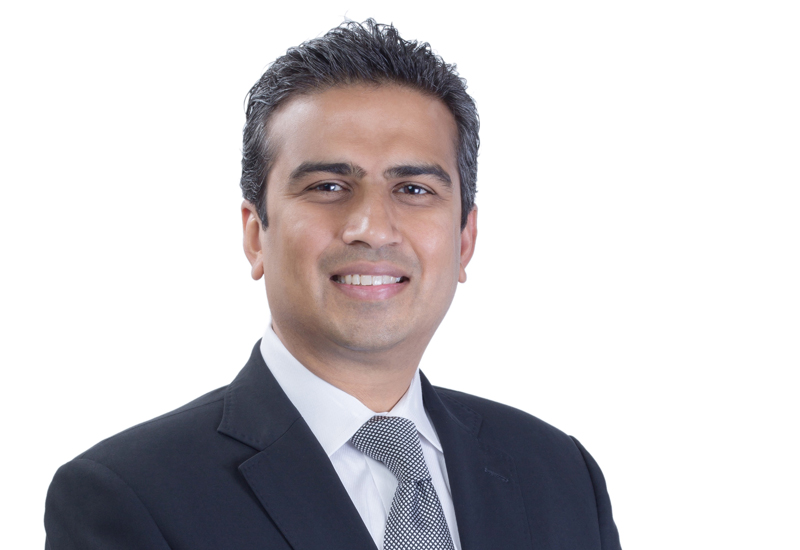If anyone ever doubted the potential of the mid-market hospitality sector in the Middle East, AccorHotels is putting the debate to bed, with 55 economy and mid-market hotels operating in the region, with 47 more hotels currently under development – representing a total of 25,000 rooms.
“The Middle East is an important growth market for us, we are actually looking to double our portfolio in the region by 2020 – opening approximately one hotel per month and signing one new agreement every two weeks across all segments, predominantly in our economy and midscale brands,” AccorHotels Middle East vice president operations economy and midscale, Gulf and Levant Puneet Dhawan begins.
“We are targeting a portfolio of 10,000 rooms in Dubai by 2020, and definitely with a focus on providing more affordable accommodation. As you know, the latest trends in the region indicate that there is a growing market for economy and mid-market accommodation, so we are developing a lot of our new hotels in these segments.”
Accor’s economy and mid-market brands now include Novotel, Adagio, Mercure, Ibis and Ibis Styles, all of which encompass ‘contemporary, modern, young and vibrant’ elements.
One of many factors separating Accor’s brands from others operating in the region, is the groups commitment to pursue a broad spectrum of guests: “Of course millennials demand these type of hotels, but for example Ibis Styles now has a wide range of guests, not only the 20 somethings, but families and corporates too, we welcome a good mix , because our product has a broad appeal.”
Over supply
With so many new economy and mid-market hotel brands entering the market, Dhawan is proactively tackling the potential future challenges head on, but remains acutely focused on the big picture. “Over supply with the world economy does have a short-term impact, but in the mid-to long-term we think the Middle East as a region is growing, just look at some of global numbers,” he begins.
“Despite a notable increase in the supply of hotel rooms in the Middle East, demand for affordable options has consistently outpaced supply in the market, as the number of international tourist arrivals in the Middle East grew by an estimated 3% to a total of 54 million in 2015 itself.” He continues: “Overall we believe that demand remains healthy and occupancy will continue to register high levels on par with other leading international markets such as Paris and London.
Hospitality infrastructure across the Middle East still needs to be developed, and AccorHotels’ mission is to contribute to this growth based on our strong worldwide leadership.”
Dhawan also notes that the Middle East currently has only two hotel rooms per 1,000 inhabitants, compared to Europe which has 10 rooms per 1,000 inhabitants, and the United States which has 15 rooms per 1,000 inhabitants. He adds that while there is room for growth, the short-term supply has been absorbed by the market, making it difficult to predict the market, but he adds Accor’s objective is to outperform its competitors, “that is our goal and that’s what we like to deliver for our owners and we are growing with a healthy pipeline”.
Market confidence
Dhawan accepts that while occupancy in Dubai is healthy, rates have been affected, but he believes it is a temporary situation, and as demand picks up, rates will stabilise: “It’s a question of timing, we go through the cycles, but it’s a long-term game – we are not in this region for the short-term.” He points to the recent Dubai Tourism announcement regarding visas on arrival for Chinese guests as being a major step forward in the growth plans of the economy and mid-market. “India too, these countries represent huge potential – India is the number one market for Dubai now, so it’s very encouraging to see Chinese guests getting a visa on arrival – this progress will help attract both new and repeat business.”

| Advertisement |










 Search our database of more than 2,700 industry companies
Search our database of more than 2,700 industry companies









